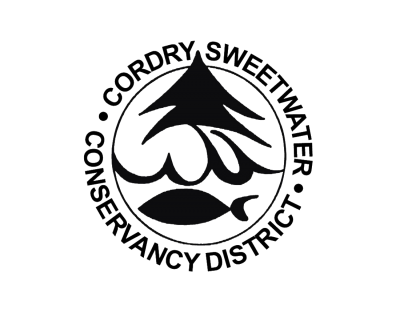New EPA Requirement Forces CSCD Service Line Inventory
9/29/2022
New EPA Requirement Forces CSCD Service Line Inventory
The Flint, Michigan lead catastrophe had ripple effects throughout the drinking water industry. In its wake, the EPA has become quite stringent on getting the lead out of the ground in America’s public water supplies. This led to the Lead & Copper Revised Rule, or LCRR.
There are many changes to the rule which includes new sampling methods and thresholds, minimum lead service line replacements annually, and public engagement to name a few. But the requirement that is garnering the most attention is a full lead service line inventory.
In order to be in compliance, every public utility in the country must submit a full service line inventory that acknowledges whether the service line is Lead, Non-Lead, or Galvanized Requiring Replacement. There are several ways to try and determine service line type including sifting through historical records, building material lists, customer self identification surveys, and the dreaded potholing or excavating down to the line in order to identify it.
Most utilities don’t have the bandwidth to undertake this project on their own, they need guidance, they need resources to help them understand compliance, and they need someone that will organize timelines and milestones to help the utility gain compliance.
The CSCD has partnered with their Asset Management software provider, Ziptility, who is offering an LCRR Compliance Package in conjunction with their current software. Utilizing GIS, the CSCD will be able to investigate and mark service lines accordingly and display the map to the freeholders online.
The package also includes a Ziptility LCRR Consultant; many of you might remember former Conservancy Manager Josh Hawley, he is heading up the LCRR Compliance Package for Ziptility and will be the District’s consultant through the project!
The first phase of the project includes going through historical records as well as Brown County Assessor information to determine dwelling build dates. Anything built post 1988 is considered non-lead as lead was banned nationally in 1988. The second phase we will need your help on! There will be a self-identification survey available online and through the mail for you, as the water customer, to identify your service line (more information to come later). Finally the third phase requires the CSCD team to excavate down to the service line to determine its type.
This is a long project that we hope to wrap up before the summer of 2023. There will be lots of updates on social media and our website including project information, progress, and more. We already know that all CSCD-owned service lines (from the water main to the meter) are plastic according to our as-builts. This means we will be concentrating on customer service lines throughout this project and we hope that you will be able and willing to help when the time comes!

